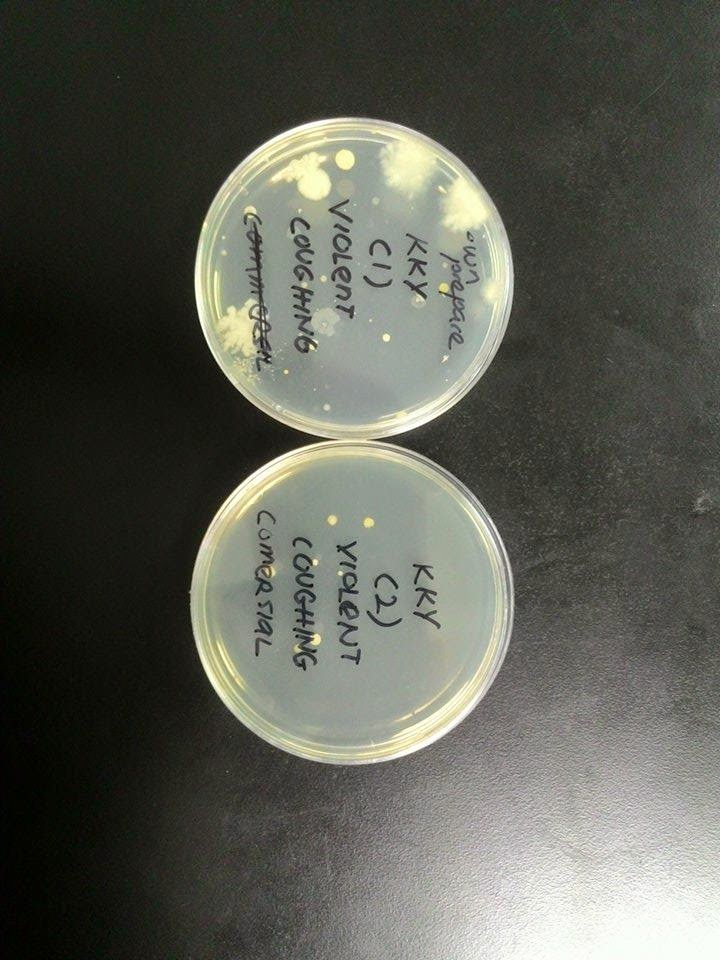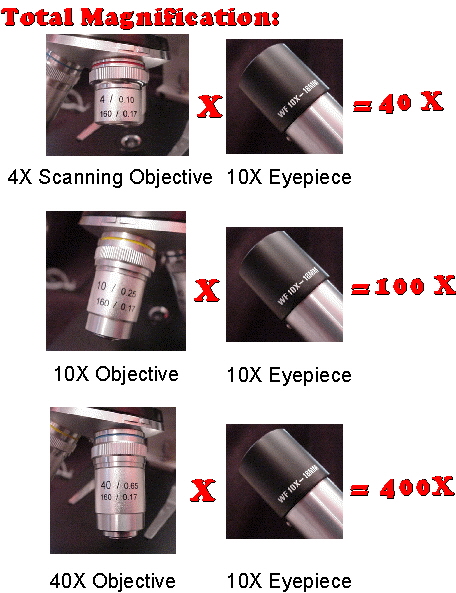Bacteriocins are an abundant and diverse group of ribosomally synthesized antimicrobial peptides produced by bacteria and archaea. Traditionally, bacteriocin production has been considered an important trait in the selection of probiotic strains, but until recently, few studies have definitively demonstrated the impact of bacteriocin production on the ability of a strain to compete within complex microbial communities and/or positively influence the health of the host. Although research in this area is still in its infancy, there is intriguing evidence to suggest that bacteriocins may function in a number of ways within the gastrointestinal tract. Bacteriocins may facilitate the introduction of a producer into an established niche, directly inhibit the invasion of competing strains or pathogens, or modulate the composition of the microbiota and influence the host immune system. Here we review the role of bacteriocin production in complex microbial communities and their potential to enhance human health.
During the last few years, a large number of new bacteriocins produced by lactic acid bacteria (LAB) have been identified and characterized. LAB-bacteriocins comprise a heterogeneous group of physicochemically diverse ribosomally-synthesized peptides or proteins showing a narrow or broad antimicrobial activity spectrum against Gram-positive bacteria. Bacteriocins are classified into separate groups such as the lantibiotics (Class I); the small (<10 kDa) heat-stable postranslationally unmodified non-lantibiotics (Class II), further subdivided in the pediocin-like and anti Listeria bacteriocins (subclass IIa), the two-peptide bacteriocins (subclass IIb), and the sec-dependent bacteriocins (subclass IIc); and the large (>30 kDa) heat-labile non-lantibiotics (Class III). Most bacteriocins characterized to date belong to Class II and are synthesized as precursor peptides (preprobacteriocins) containing an N-terminal double-glycine leader peptide, which is cleaved off concomitantly with externalization of biologically active bacteriocins by a dedicated ABC-transporter and its accessory protein. However, the recently identified sec-dependent bacteriocins contain an N-terminal signal peptide that directs bacteriocin secretion through the general secretory pathway (GSP). Most LAB-bacteriocins act on sensitive cells by destabilization and permeabilization of the cytoplasmic membrane through the formation of transitory poration complexes or ionic channels that cause the reduction or dissipation of the proton motive force (PMF). Bacteriocin producing LAB strains protect themselves against the toxicity of their own bacteriocins by the expression of a specific immunity protein which is generally encoded in the bacteriocin operon. Bacteriocin production in LAB is frequently regulated by a three-component signal transduction system consisting of an induction factor (IF), and histidine protein kinase (HPK) and a response regulator (RR). This paper presents an updated review on the general knowledge about physicochemical properties, molecular mode of action, biosynthesis, regulation and genetics of LAB-bacteriocins.
Objective:
To determine the antimicrobial effects of extracellular extracts of selected LAB strains.
Materials and reagents:
MRS broth
Sterile filter paper disk(50mm x 50mm)
Sterile forceps
Cultures of LAB and spoilage/phatogenic organism
Bench-top refrigenerated centrifuge
Incubator 30 celcius and 37 celcius
UV/V is spectrophotometer
Distilled deionized water
Trypticase soy agar
Brain heart infusion agar
Yeast extract
Procedure:
part 1:determination of bacteriocin activity via agar diffusion test
(refer to lab manual)
part 2:determination of bacteriocin activity via optical density
(refer to lab manual)
Result:
Strains of LAB
|
Strains of spoilage/ phatogenic bacteria
|
Inhibition Zone(cm)
|
1
|
E.coli
|
0.9
|
Staphylococcus aureus
|
0.8
|
|
2
|
E.coli
|
0.8
|
Staphylococcus aureus
|
0.7
|
|
avarage
|
E.coli
|
0.7
|
Staphylococcus aureus
|
0.8
|
|
Discussion:
Part 1 (Agar diffusion)
1) There is a wide number of bacteriocins produced by different Lactic Acid Bacteria.Bacteriocins are proteinaceous toxins produced by bacteria to inhibit the growth of similar or closely related bacterial strain(s). They are typically considered to be narrow spectrum antibiotics and are phenomenologically analogous to yeast and paramecium killing factors, and are structurally, functionally, and ecologically diverse.
2)Antimicrobial effect of LAB is mainly due to lactic acid and other organic acid production. antimicrobial proteins provide an additional hurdle for spoilage and pathogenic microorganisms.
3)Staphylococcus Aureus is a gram positive coccal bacterium. Although its has thick cell wall made of polysaccharides and proteins but is easily digested by acid particularly acetic acid produced by lactic acid bacteria(LAB).
4)Escherichia coli is a gram negative bacteria .The cell walls of these bacteria composed of lipid layer which protect the cell wall from being digested by acetic acid
Side note: Do not cover the petri dish immediately to prevent the trapping of water vapours which
Reference
nt lengkapkan yg lain. -from fatin
calculations:Part 1 (Agar diffusion)
1) There is a wide number of bacteriocins produced by different Lactic Acid Bacteria.Bacteriocins are proteinaceous toxins produced by bacteria to inhibit the growth of similar or closely related bacterial strain(s). They are typically considered to be narrow spectrum antibiotics and are phenomenologically analogous to yeast and paramecium killing factors, and are structurally, functionally, and ecologically diverse.
2)Antimicrobial effect of LAB is mainly due to lactic acid and other organic acid production. antimicrobial proteins provide an additional hurdle for spoilage and pathogenic microorganisms.
3)Staphylococcus Aureus is a gram positive coccal bacterium. Although its has thick cell wall made of polysaccharides and proteins but is easily digested by acid particularly acetic acid produced by lactic acid bacteria(LAB).
4)Escherichia coli is a gram negative bacteria .The cell walls of these bacteria composed of lipid layer which protect the cell wall from being digested by acetic acid
Side note: Do not cover the petri dish immediately to prevent the trapping of water vapours which
released from hot tryticase soy-yeast extract agar ( TSAYE ) agar to prevent the formation of
water droplets in order to maintain the growth rate of bacteriocins.
2
P Part 2(Optical Density)
1) Optical density, measured in a spectrophotometer, can be used as a measure of the concentration of bacteria in a suspension. As visible light passes through a cell suspension the light is scattered. Greater scatter indicates that more bacteria or other material is present. The amount of light scatter can be measured in a spectrophotometer.
2) The positive control which showed the growth of bacteria without extracellular extract of lactic acid bacteria has been set up for each pathogenic bacteria. TheOD600 of the positive control was then measured in order for us to investigate whether there is inhibition of pathogenic bacteria activity by comparing the OD600 of the samples. If the OD600 of the sample is less than OD600 of the positive control, there will be inhibition of spoilage bacteria.
Conclusion
Bacteriocin was extracted by centrifuge method is to determine for its antagonistic activity.Lactic Acid Bacteria (lactobacilli) will produce various substances such as bacteriocin to inhibit the growth of pathogenic microorganisms
nt lengkapkan yg lain. -from fatin
dicussions:
psl exp, ada graph
conclusion:
references:
update
discussion n conclusion n reference ikhram da buat


























